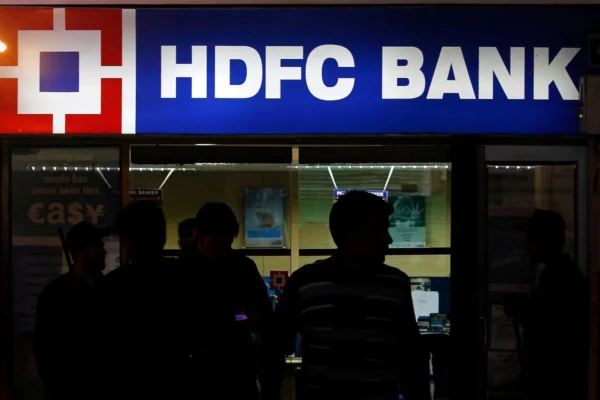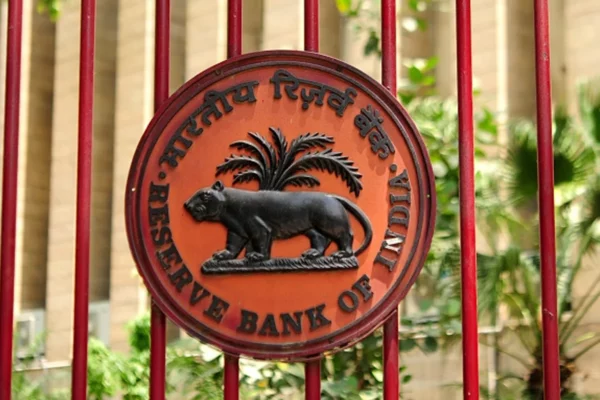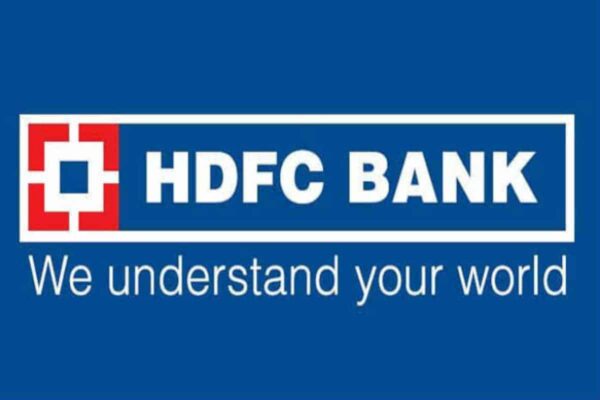HDFC Bank bounces back quickly from RBI ban and introduces digital card

HDFC Bank bounces back quickly from RBI ban and introduces digital card
One of the market’s leading issuers of rupee bonds will likely disappear as a result of India’s largest merger, which might have an adverse effect on debt sales and banks’ arrangement fees.
By combining Housing Development Finance Corp. and its subsidiary HDFC Bank Ltd., a financial services behemoth worth more than $200 billion will be created, and the parent company won’t need to take on more debt to expand. Instead, it will be able to use the bank’s deposits to do so. The shadow lender’s hole may allow new borrowers to sell notes, helping India expand its debt market, so it’s not all terrible for the Indian bond market.
According to figures provided by Bloomberg, the shadow lender will be the largest bond seller in India by 2022, with its issuance accounting for 7.7% of the nation’s overall issue volume this year, higher than the 6% average over the previous 10 years. The combined company will be a bank and will probably continue to issue notes as needed to increase its capital reserves and pay for infrastructure projects.

The largest private bank in India, HDFC Bank Ltd., wants to issue one million credit cards per month, after the nation’s watchdog barred it from taking new card clients two years ago, the firm has made an astonishing comeback.
The company’s current monthly rate of issuing new credit cards is 500,000, but the nation’s head for payments business, financial services, digital banking, and marketing Parag Rao says that rate will be tripled. The business would unveil partnerships in a number of industries, such as online shopping and food delivery, to increase card transactions, Rao noted.
Since the eight-month card ban was removed in August of last year, HDFC Bank has recovered quickly as it attempts to put the recurrent online errors that injured its customers behind it. The Reserve Bank of India reported that its 29% share of all credit card spending in India in October was the highest.
Rao stated in a statement, “We concentrate on continued interaction, making sure consumers uncover incremental benefits in their cards and maintain their spending habits. We don’t only concentrate on the card issue as it’s a marketing strategy.
In the upcoming weeks, two airlines and a sizable hotel chain are also expected to collaborate. He stated that HDFC Bank is nearing completion on the creation of a new digital credit card to attract younger clients.

The expansion of online shopping, where customers commonly use credit cards to make purchases, presents opportunities for banks in the second-most populated country in the world. Research by Bain & Co Inc. estimates that between 200 and 300 million Indians will spend $50 billion on internet shopping in 2018.
Rao said that a significant element of the bank’s strategy would be the partnership between HDFC Bank and Housing Development Finance Corp., which would provide it with accessibility to the customers of the loan company. To capitalize on an increase in home loans and consumer spending in India, the two businesses decided to merge this year in one of the largest global mergers.
The bank is working to expand its customer base by recruiting RuPay, India’s local retail payment platform, credit card holders. Due to new rules allowing the linking of RuPay credit cards to the widely used government-backed payment gateway, he anticipates a rise in demand for these credentials.
Although these consumers’ credit lines will be limited, Rao predicted that they would be future customers who can upgrade to other cards as their needs change.
And although competitors are using rewards on a wide range of products to attract customers, HDFC Bank is staying away from this tactic.
We don’t want to be known as the card with the greatest discounts, and we’ve never offered the finest ones on the market, said Rao.
HDFC Bank is in discussions to lend up to $1 billion.

According to persons familiar with the situation, Bloomberg reported on December 19 that HDFC Bank is looking to raise up to $1 billion through an offshore loan.
According to the report, which cited unnamed sources, the loan tenure might range from 1 to 5 years.
In preparation for a rise in loan demand, HDFC Bank is looking to enter the market as soon as the next month.
The Reserve Bank of India (RBI) increased the all-in-cost cap by 100 basis points in certain circumstances up to December 31, 2022, and increased the external commercial borrowing limit to $1.5 billion in July.
Eligible borrowers now only need to raise ECBs with a three-year minimum average maturity, down from the previous five years.
The average maturity threshold for mandatory hedging has also been lowered from the previous 10 years to five years, according to the central bank.
HDFC Bank was in the news again when rumours surfaced that it was looking for an overseas loan just days after the BSE and NSE approved its merger with Housing Development Finance Corporation (HDFC).
Approximately Rs 18 lakh crore will be the total asset value of the merged business. Under the condition that regulatory permits are received, the merger is anticipated to be finished by the second or third quarter of FY24.
Edited by Prakriti Arora




